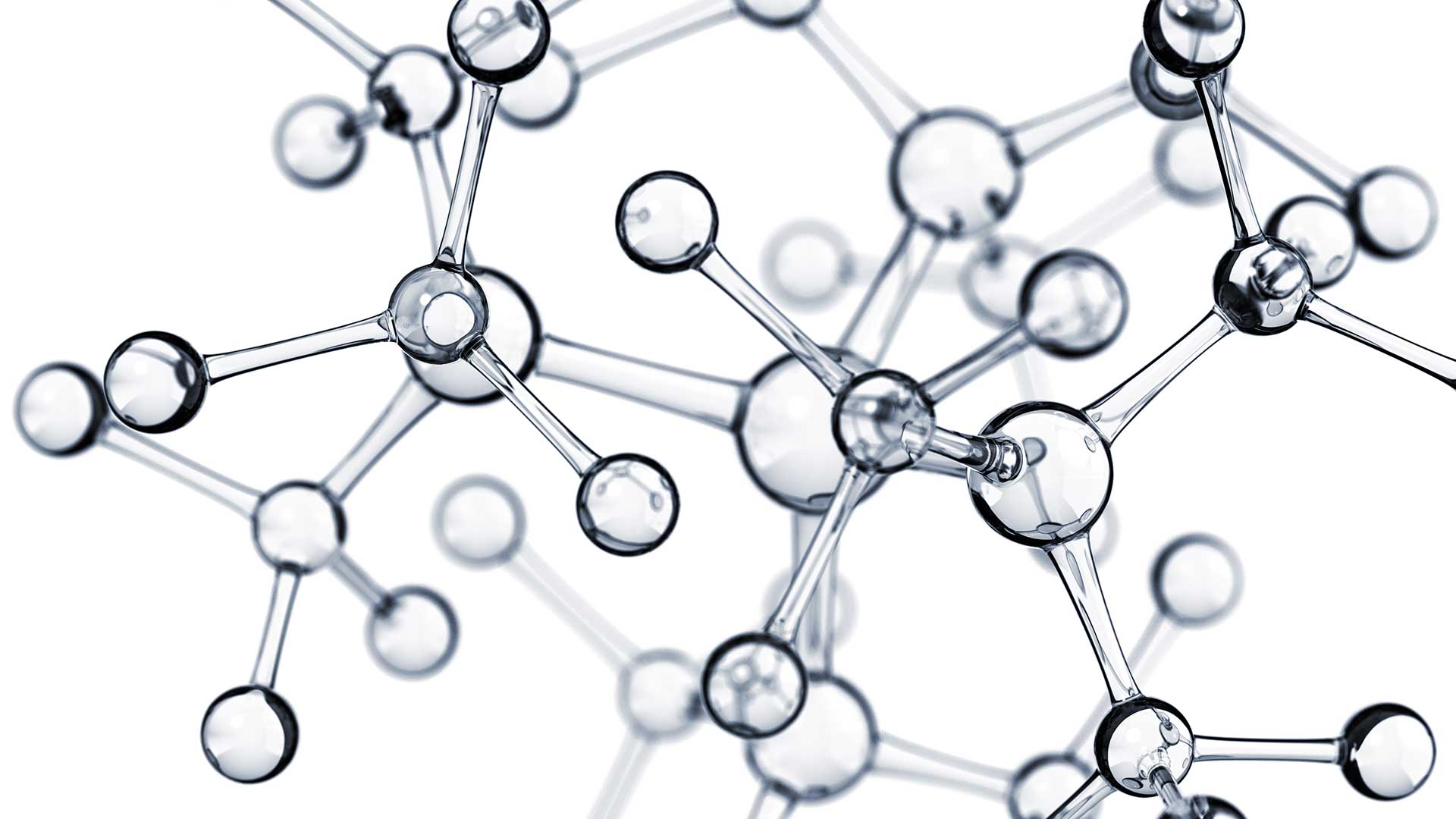| Name | Dibutyltin bis-Acetylacetonate |
| CAT | 22673-19-4 |
| Formula | C18H32O4Sn |
| BNT Product Name | BNT-CAT 440 |
| Synonyms | Dibutyltin ketone Di-(n-butyl)-tin-bis-ketone Di-n-butyltin ketone Dibutyltin bis(2,4-pentanedioate) Dibutyl bis (pentane-2,4-dionato-O,O) tin DBTK |
Dibutyltin bis-Acetylacetonate in the Economy
Dibutyltin bis-acetylacetonate has economic significance above all as a crosslinking catalyst, as an accelerator and an initiator for various applications, especially for two- or multi-component resins.
It is used as a plasticizer in adhesives and sealants and in polycondensation reactions for the production of RTV silicones and silane. For silicones in general, DBTK is known as a highly active catalyst. The same properties also make dibutyltin bis-acetylacetonate an option for polyurethanes, and is widely used in sealant and adhesives.
It is also interesting to use it in a catalyst combination for polymers that react to stimuli. The material surfaces can have different states with different physical properties, between which you can switch. Heat or cold can be an activator or deactivator for such a change.
Dibutyltin bis-acetylacetonate can also be used for the production of transparent conductive layers on materials, as well as for various dyes, surface finishes and for impregnation products.


